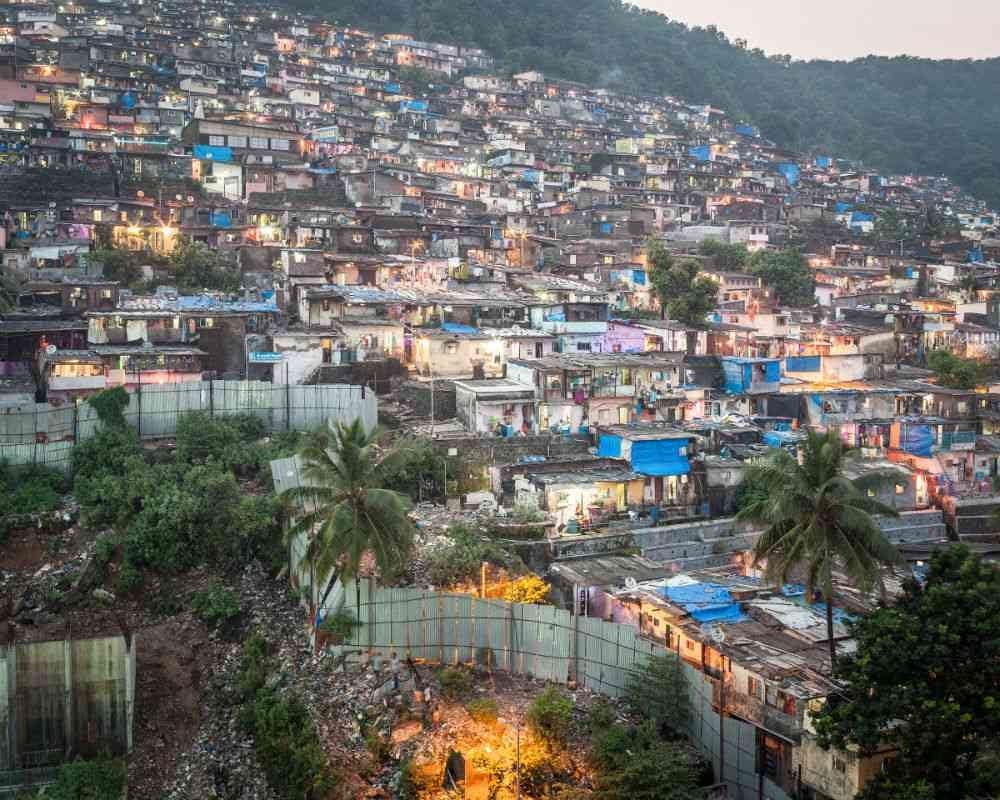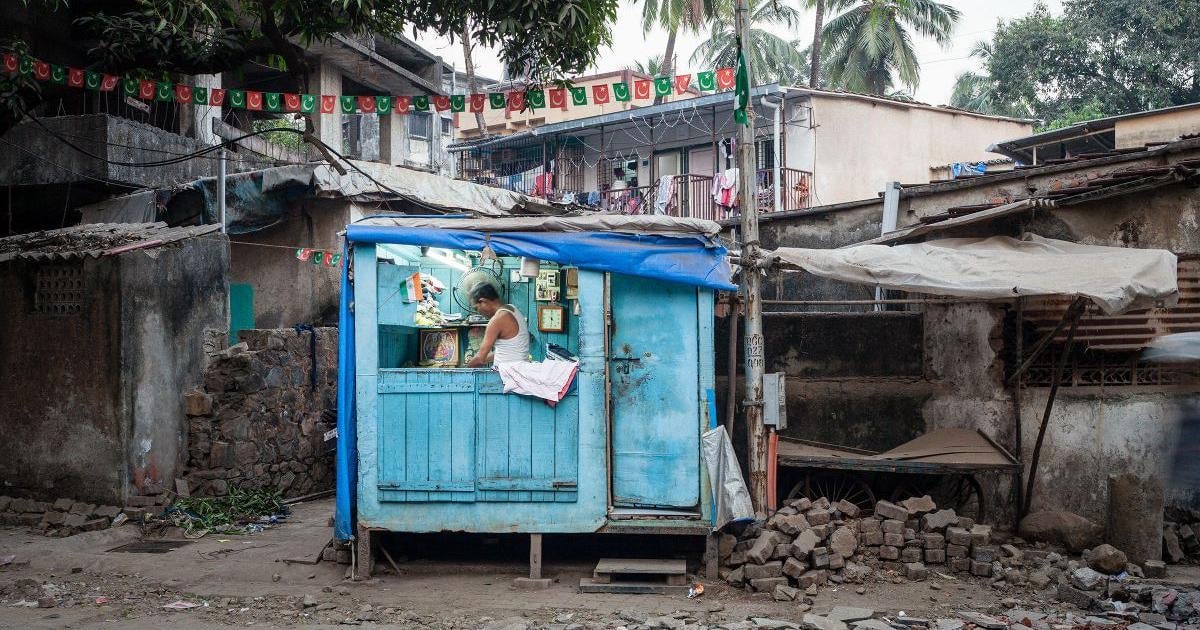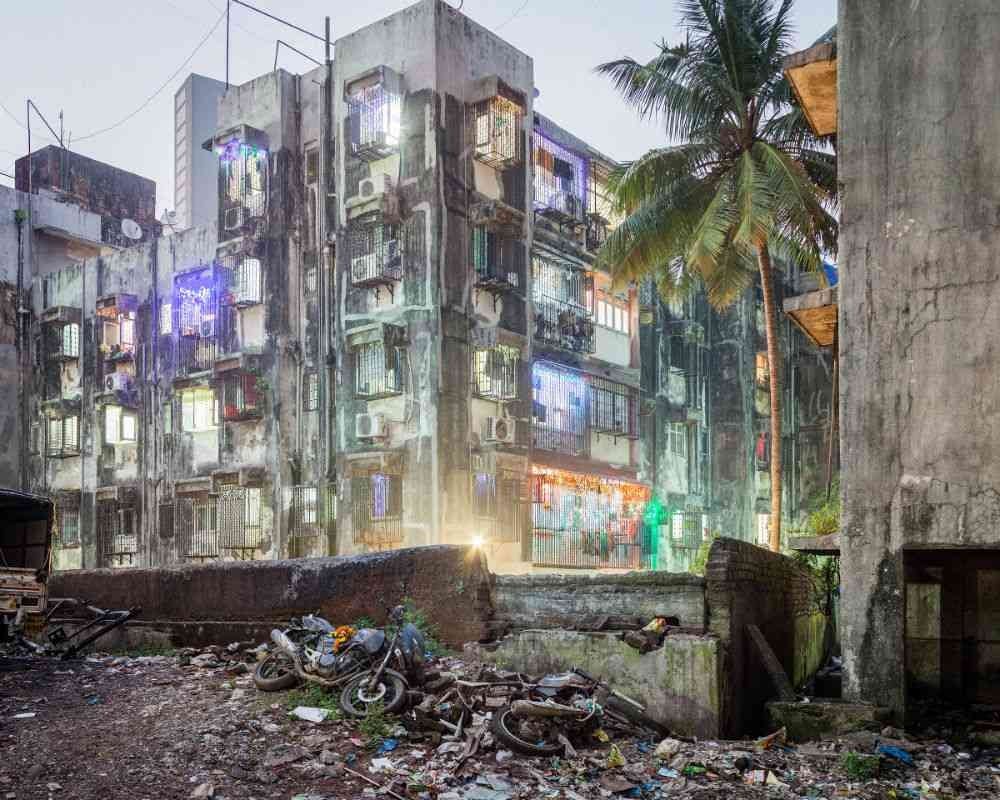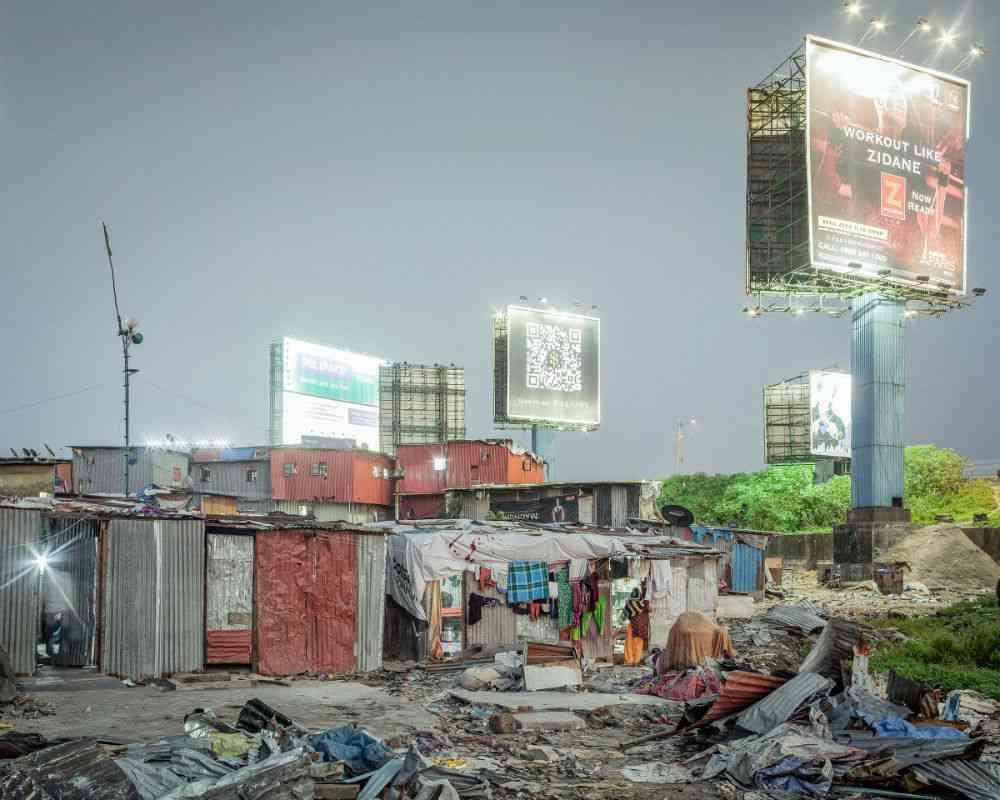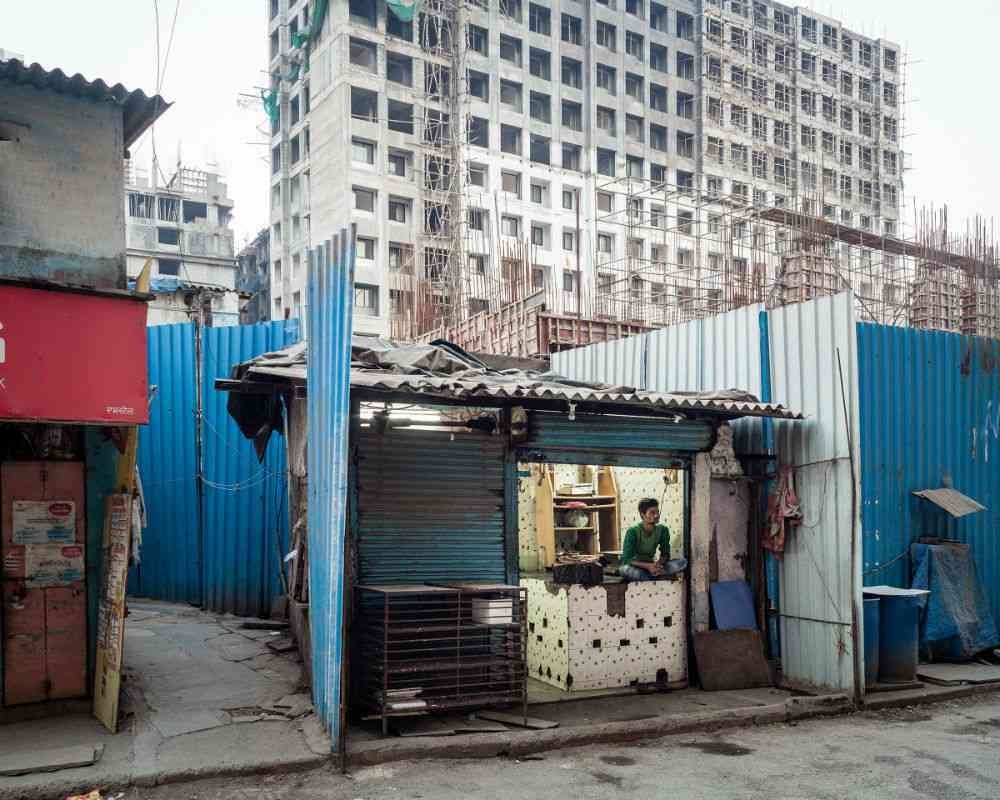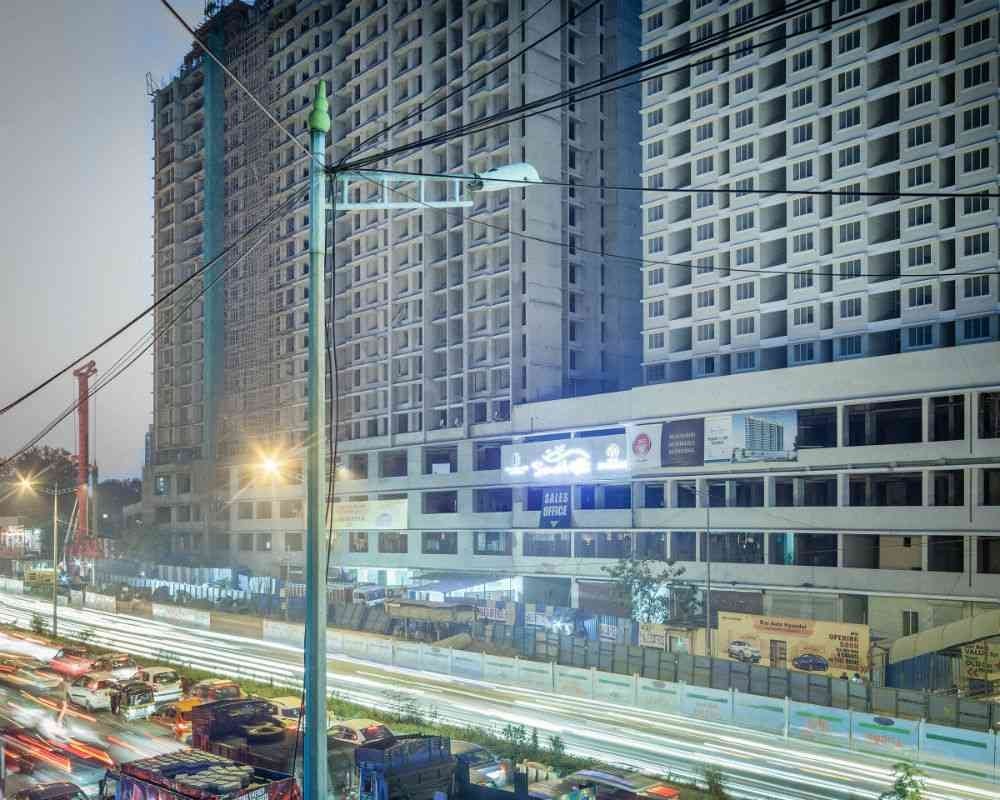In photos: The chaos and contradictions of suburban Mumbai
Peter Bialobrzeski was up before the sun every day during his stay in Mumbai last year. While the city slept, the photographer would walk through the suburban neighbourhoods with his tripod and camera. By the time he found the perfect spot and set up his equipment, the city would be wide awake: the markets open for business, streetside vendors selling their wares, and people heading out for work.
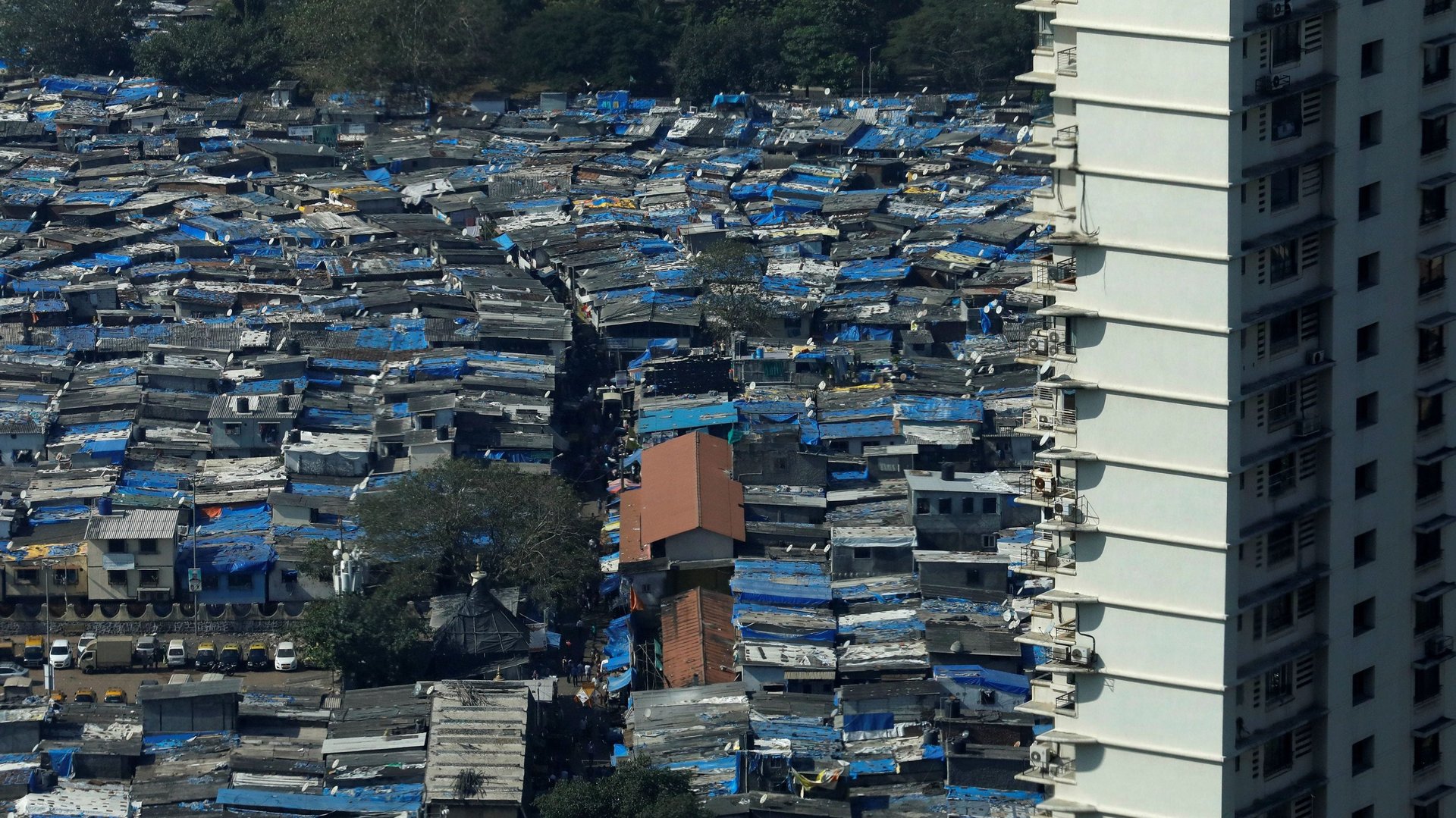

Peter Bialobrzeski was up before the sun every day during his stay in Mumbai last year. While the city slept, the photographer would walk through the suburban neighbourhoods with his tripod and camera. By the time he found the perfect spot and set up his equipment, the city would be wide awake: the markets open for business, streetside vendors selling their wares, and people heading out for work.
Bialobrzeski’s fascination with Mumbai’s suburbs began in 1987, when he first visited the city and saw its “contrast, the poverty, and the energy.” Unlike other photographers who were charmed by the historic appeal of South Mumbai, Bialobrzeski was captivated by the suburbs, where “everything is really happening and you can feel the change around you.”
He returned to some of those neighbourhoods in October-December 2017, during an art residency at the Goethe Institut-Max Mueller Bhavan. In Bandra, Andheri, Goregaon, Juhu, Vikhroli, and Malad, he photographed the contradictions in the landscape—from the sprawl of shanties to the construction of high-rises. Their disorder was a far cry from the leafy, quiet suburbs of Hamburg, where he lives. Twenty-five of those photographs are currently on display in the institute at a solo exhibition titled Mumbai Suburbia: Urban Environment in Crisis.
“I wanted to focus on the abstract complexity of the real situation,” said Bialobrzeski. “It’s not even so much about the contrasts or what you see in the picture, but more about what it makes you feel when you see the photographs, an immediate response to the exhibition.” Bialobrzeski’s photographs are layered. There’s an underlying sense of melancholy in the images, which show shops, wires crisscrossing in the sky, half-torn tarpaulin sheets hanging off tin roofs, and walls blackened by grime and rain.
In an accompanying note to the exhibition, architect and urban planner Rahul Mehrotra writes: “With globalisation and the emergence of a post-industrial service-based economy in Mumbai, as in several other cities in India, urban space has been fragmented and polarised with the rich and poor jostling for access to amenities. Further, the state has more or less given up the responsibility of projecting an image of the city leaving this to be constructed on ad hoc basis by the market.”
The “geography of cities rather than the countryside” intrigued Bialobrzeski from his schooldays. “The idea of how we construct our world is very interesting,” said the 57-year-old. “To think that someone put down a road on a river, then someone built huts, then a house and someone started a shop and it became a city, is fascinating, and as we have become more civilised, our structures have become more complex.”
He has photographed many cities over the last 20 years, including Cairo, Athens, Wolfsburg, Berlin, Beirut, and Kochi. “Being from a country which is very orderly and organised, I have been interested in countries where the future and the past collide,” he said. “When you look at a place like Manila, for example, you have a lot of simple structures, which are traditional houses from the 17th century, while around the corner, you have a high-rise or a glamorous building and that kind of contradiction interests me.”
Mumbai is different from any other city in India, Bialobrzeski says. His first impression was that it was “a tough city.” “As a backpacker you like to stay in cheap places and [such] places were quite comfortable in the south of India, [in] Kerala and Tamil Nadu, but when we came to Bombay…There is much more visible poverty on the streets here that was quite difficult to see,” he said. The changes in the city over the years are not as evident in the older areas, where “the colonial architecture and the greenery has remained intact, giving the areas an unchanging look.”
Bialobrzeski’s photographs reveal many juxtapositions. In one picture, a press-wala is immersed in his work. His shop has images of Hindu goddess Lakshmi and saint Sai Baba hanging on its wooden walls along with a flag of India. Outside the shop, strung from the lampposts are Islamic flags.
“Architecture is often not the only spectacle upon which society relies to express its aspirations…,” writes Mehrotra. “Festivals such as Diwali, Dussehra, Navratri, Muhharam, Durga Puja, Ganesh Chaturthi, and many more have emerged as the visual and representational spectacles of contemporary India. Their presence on the everyday landscape pervades and dominates the popular visual culture of India’s cities, towns, and villages.”
For Bialobrzeski, the project is not about judging Mumbai’s aesthetics. It “is made up of different things coming together in a haphazard manner,” he said. “It’s this co-existence of new constructions, old constructions, formal settlements, shanties, that can all be captured in one single frame, that gives the city its unique aesthetic.”
